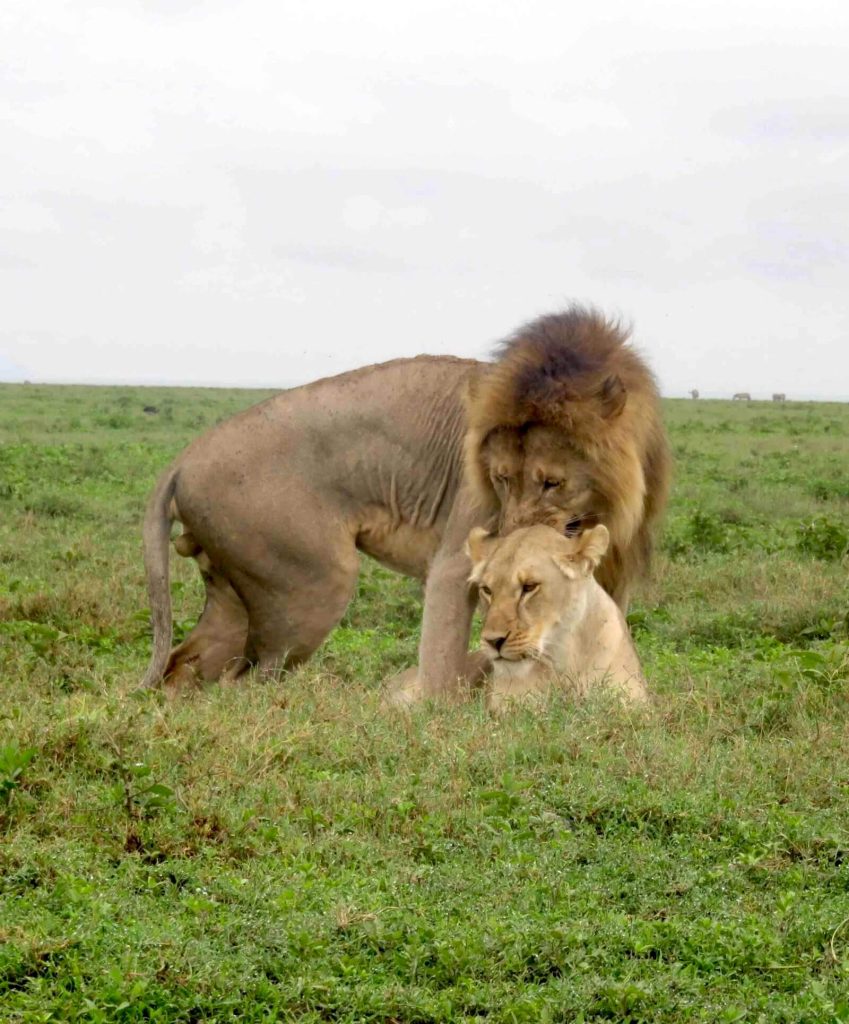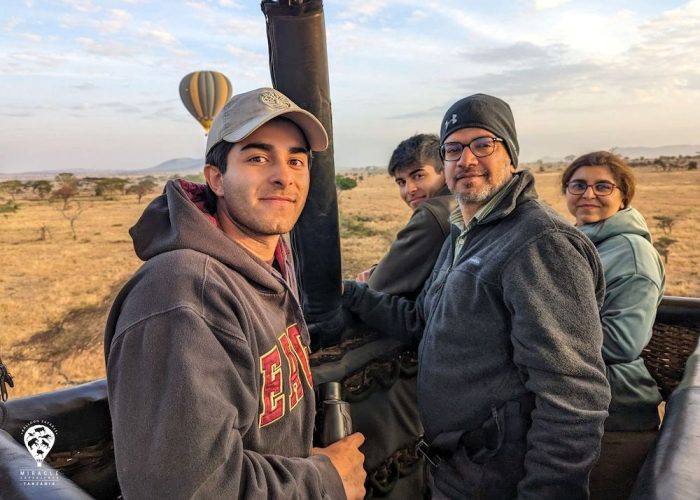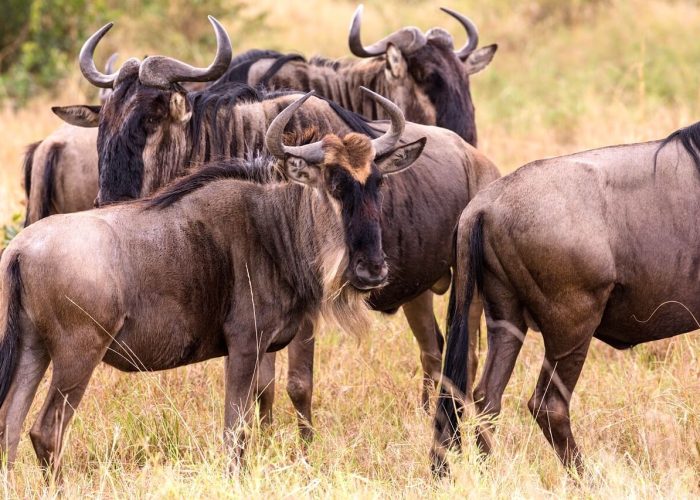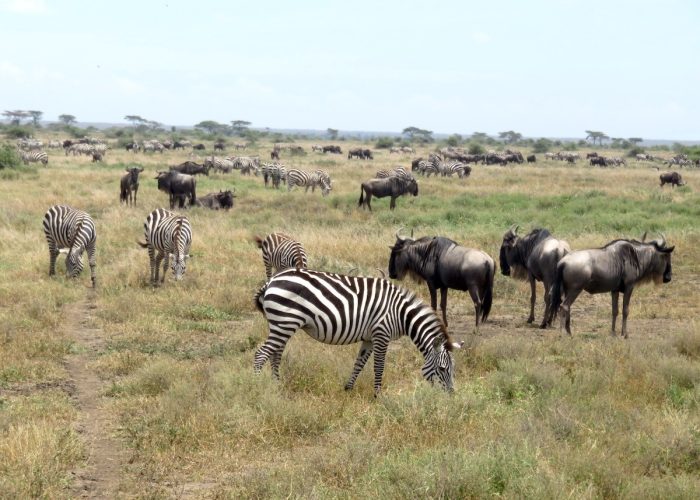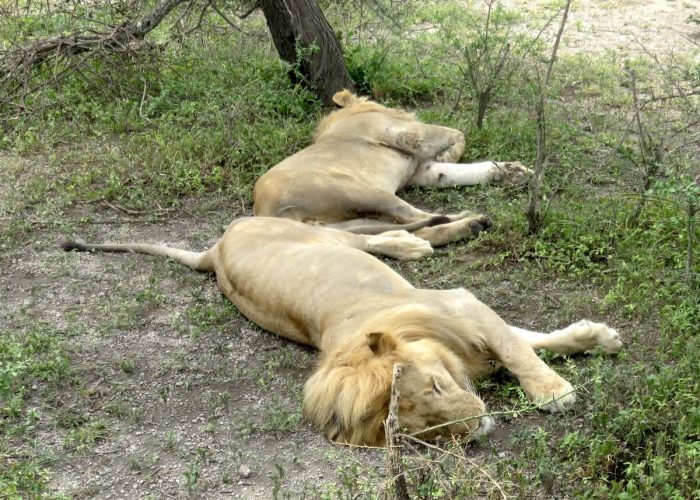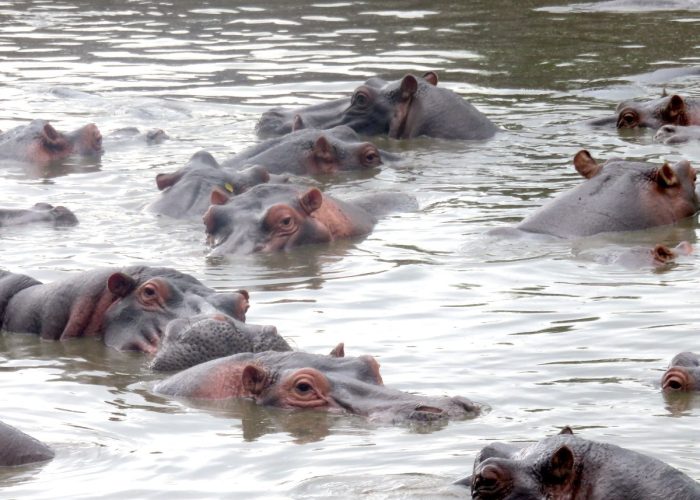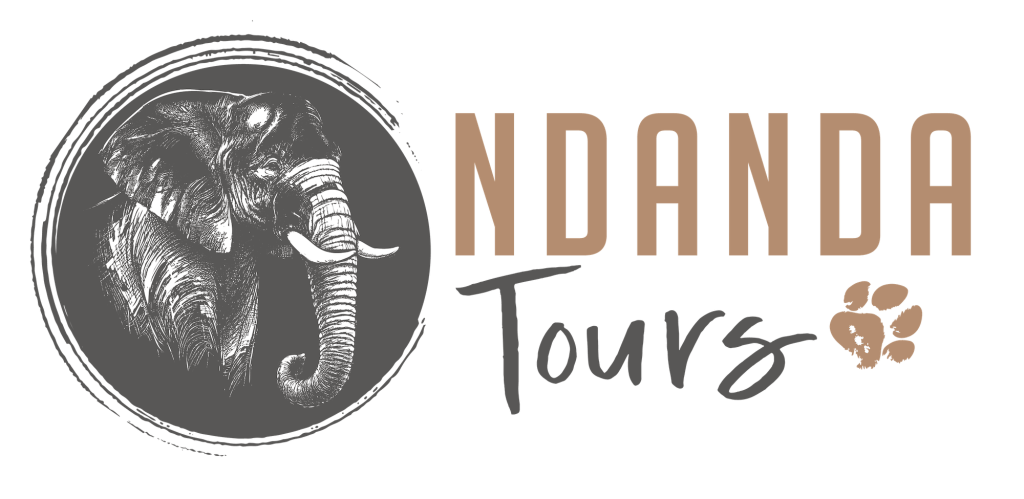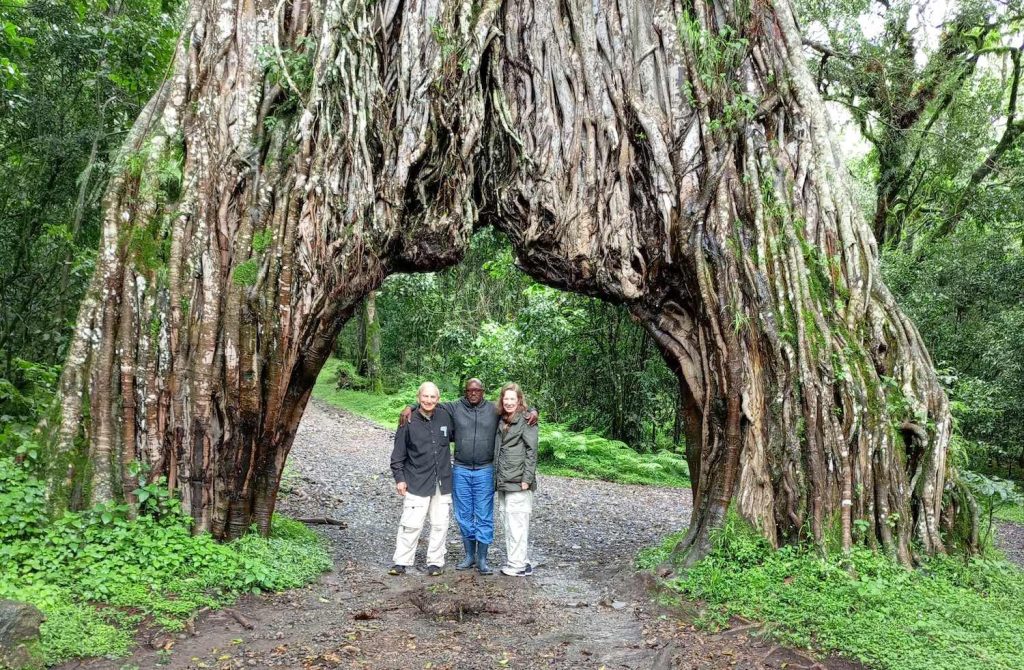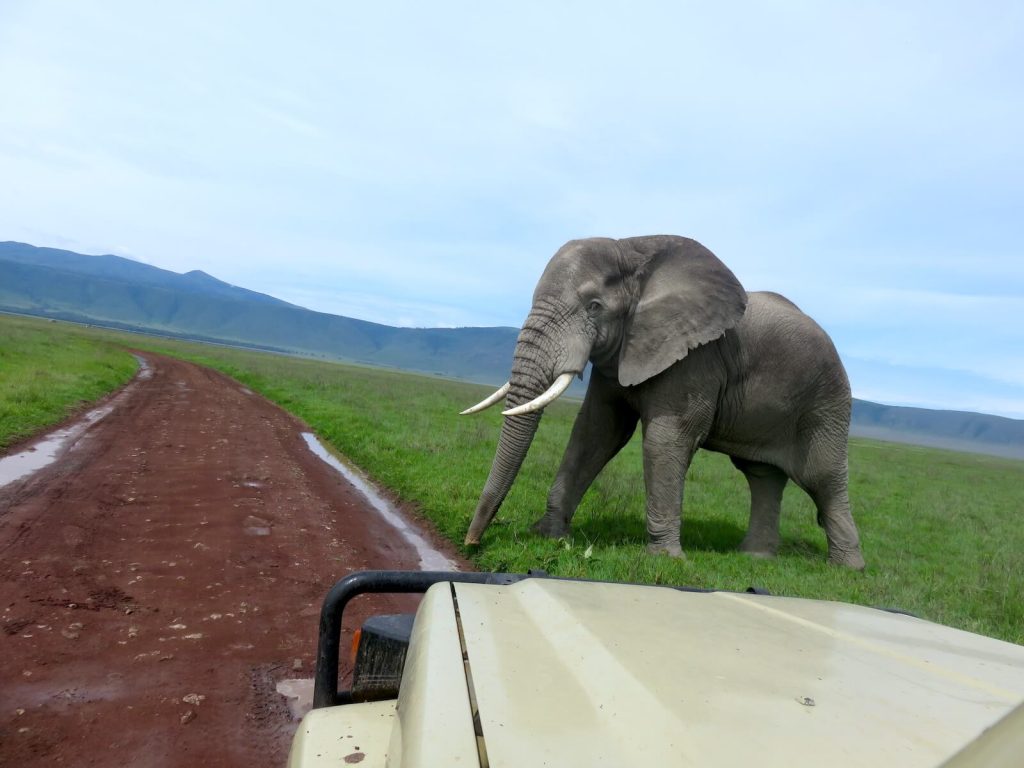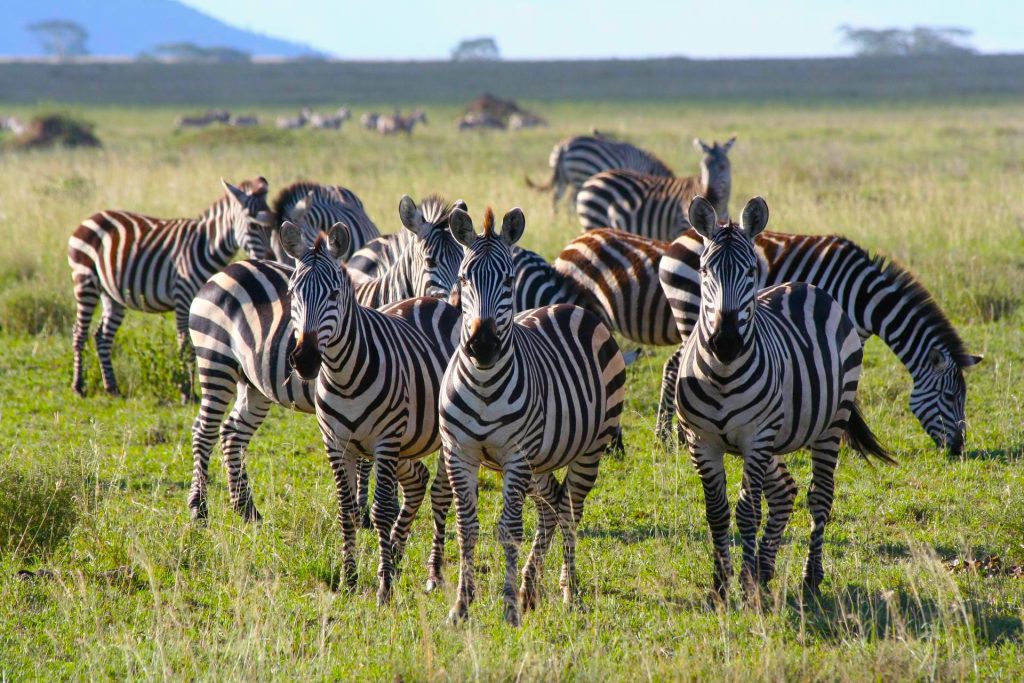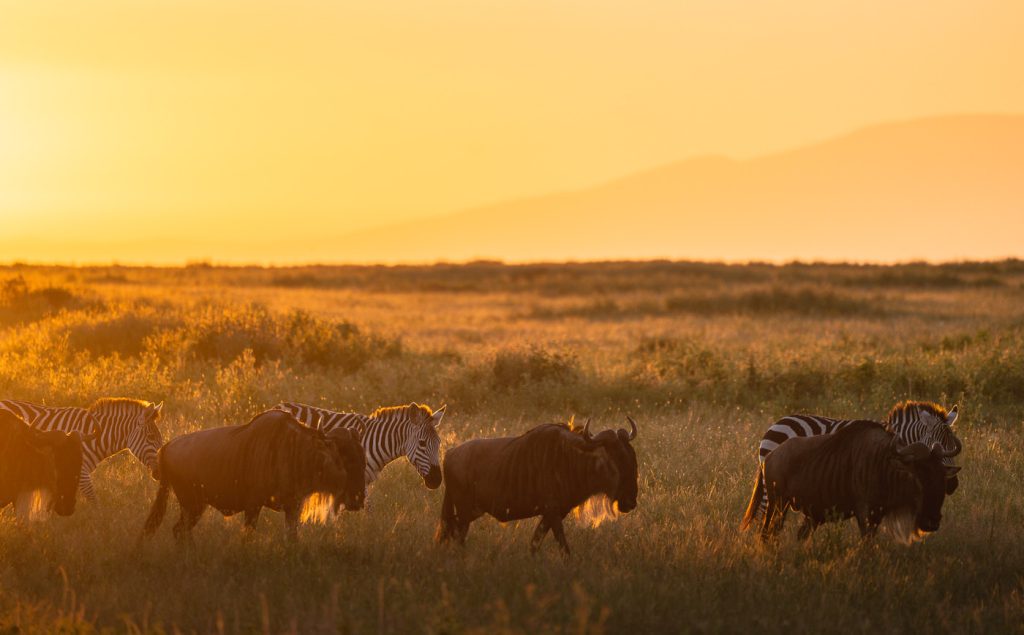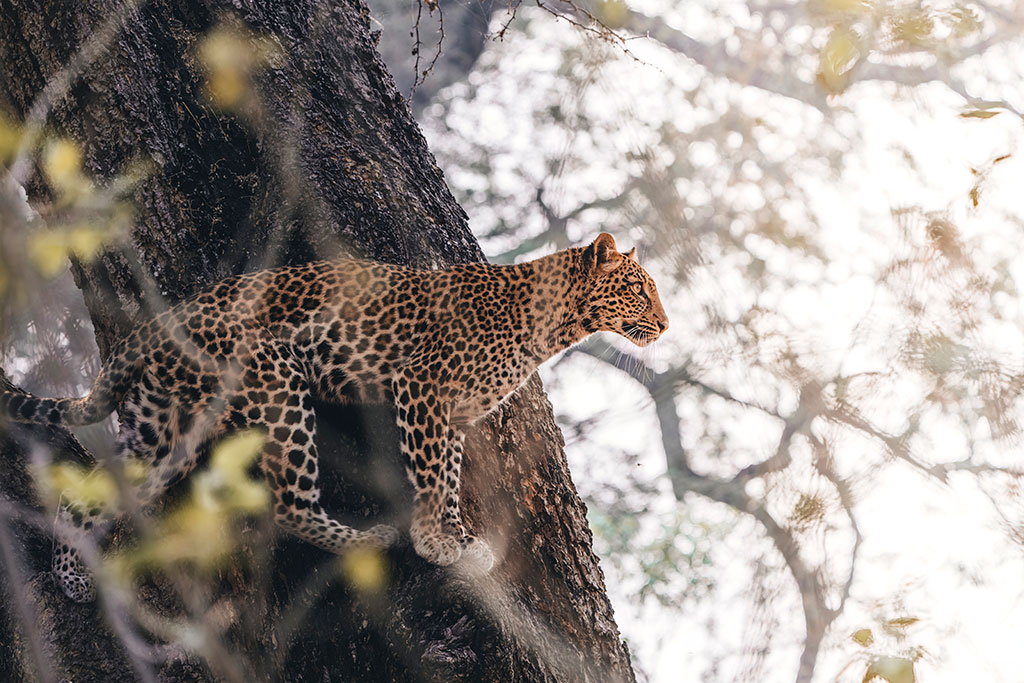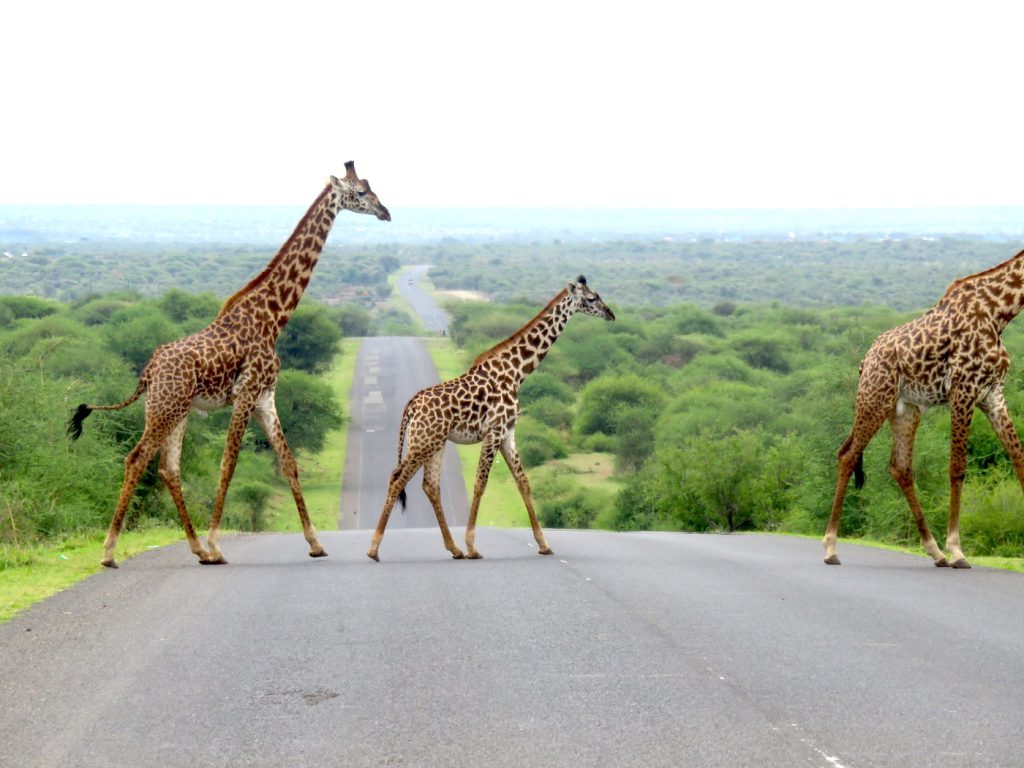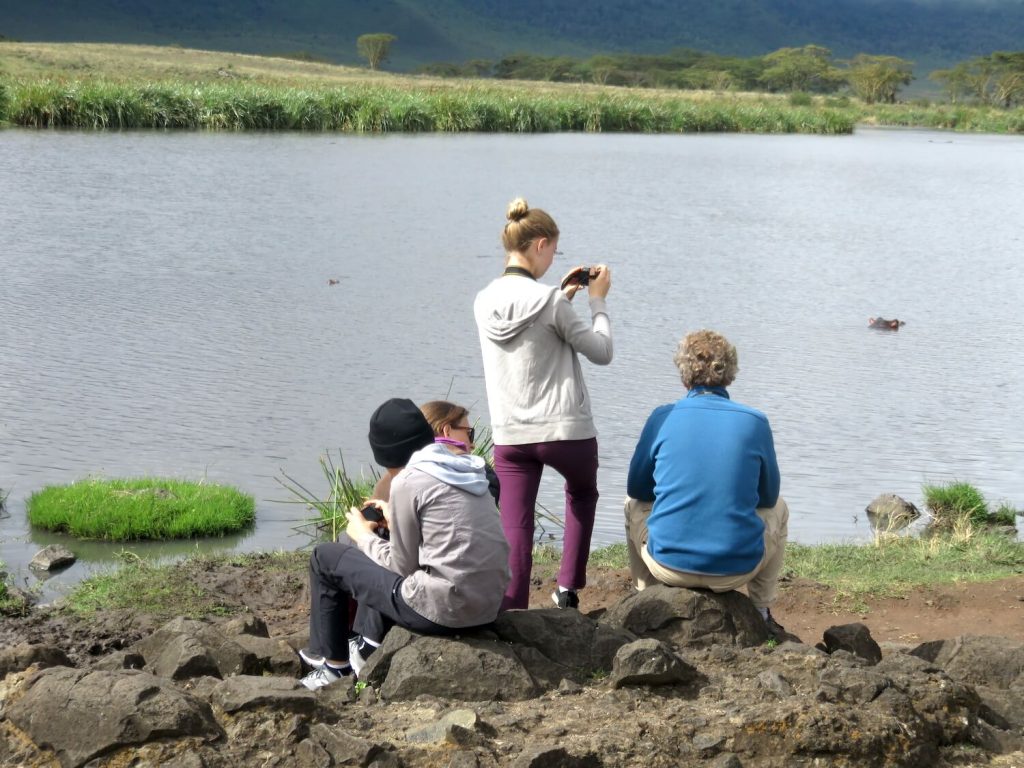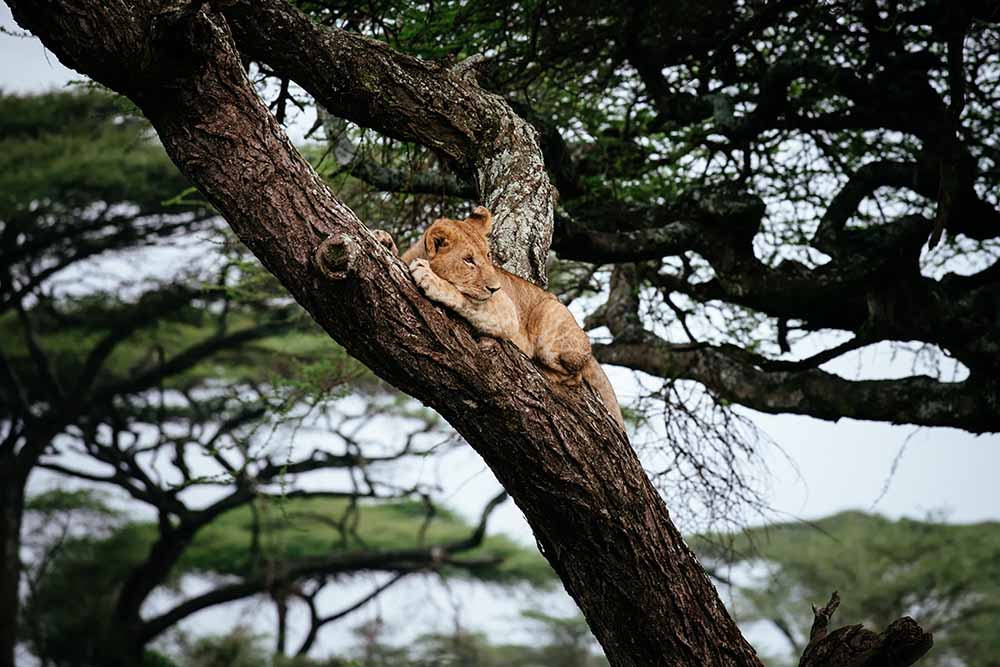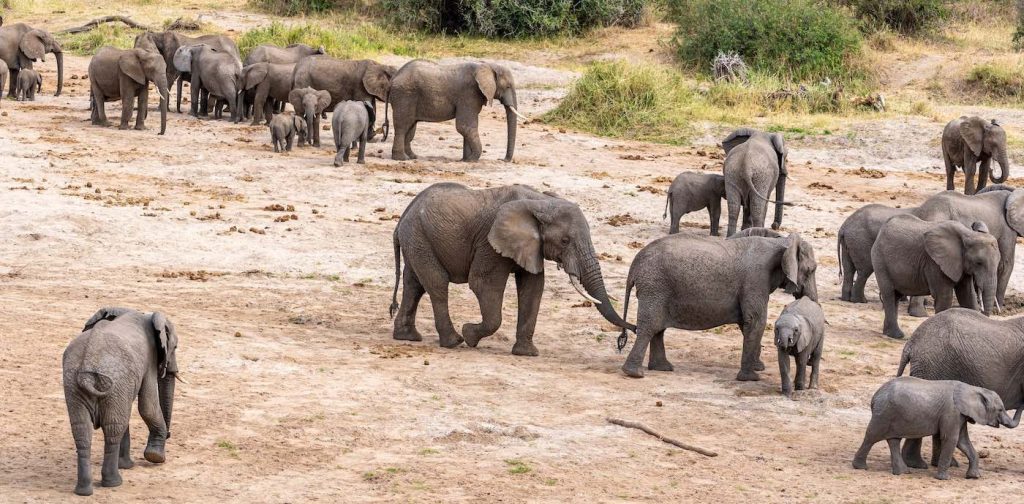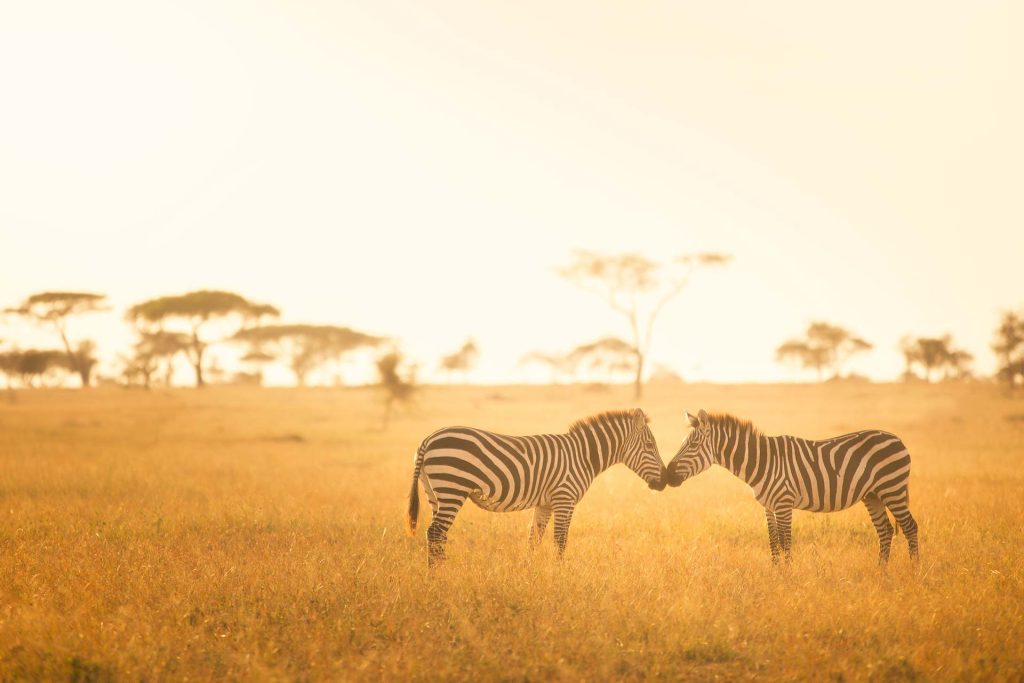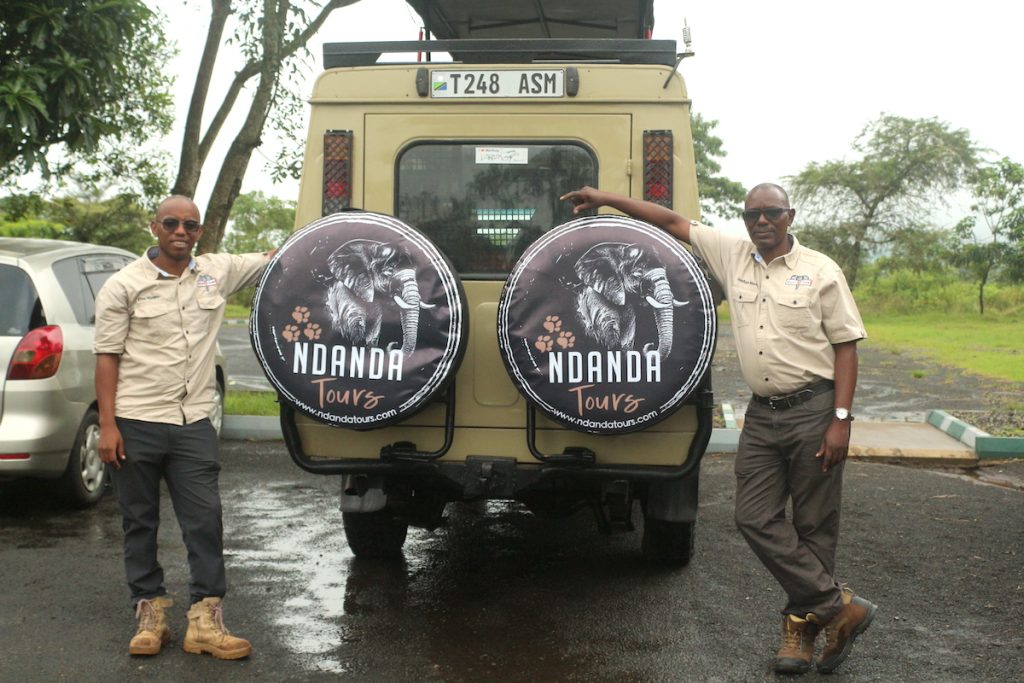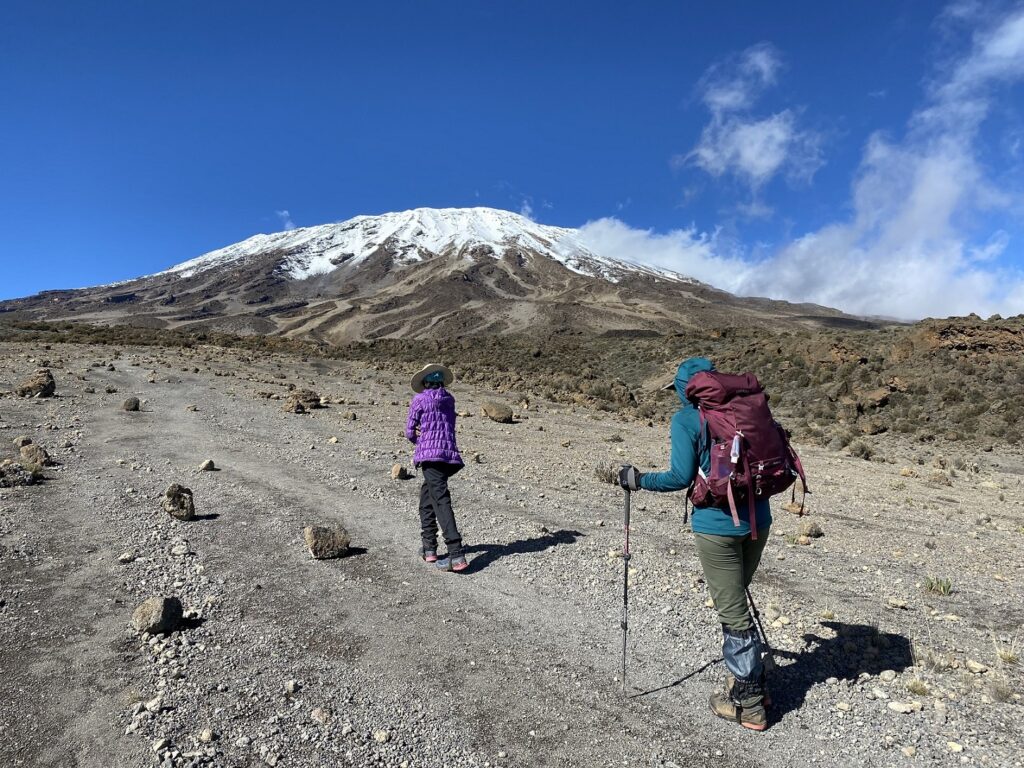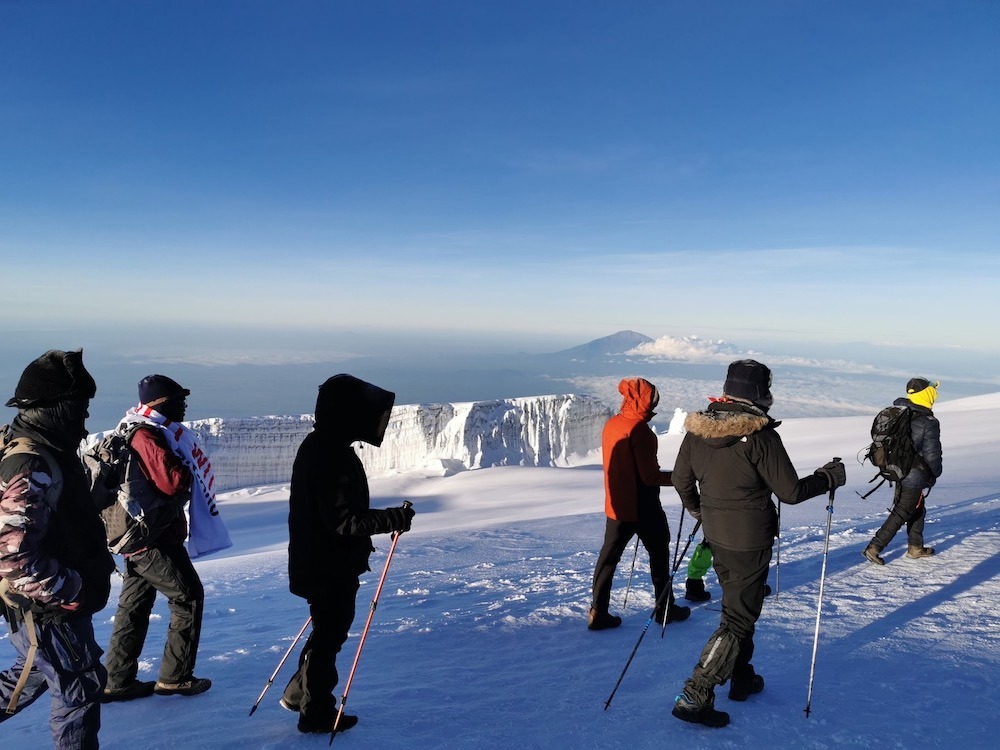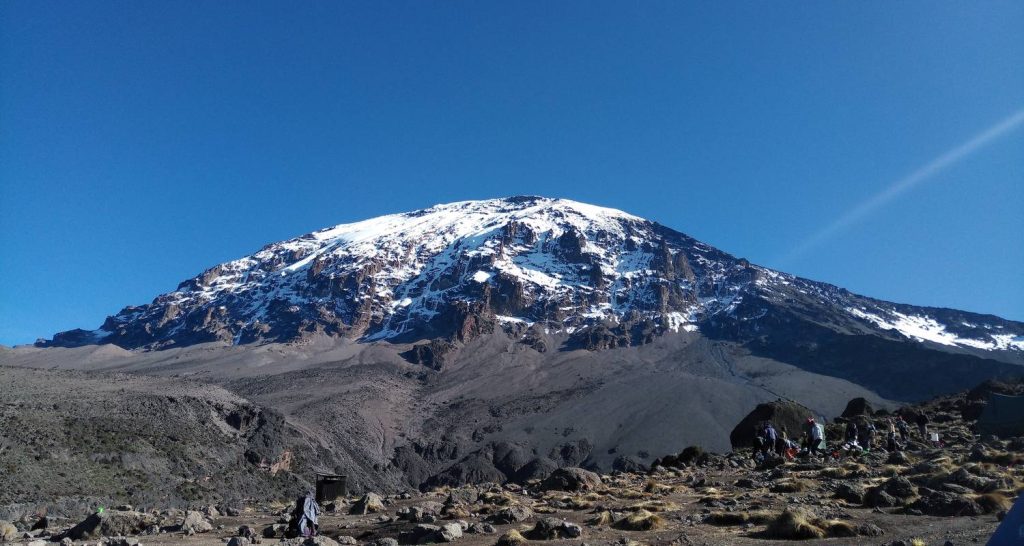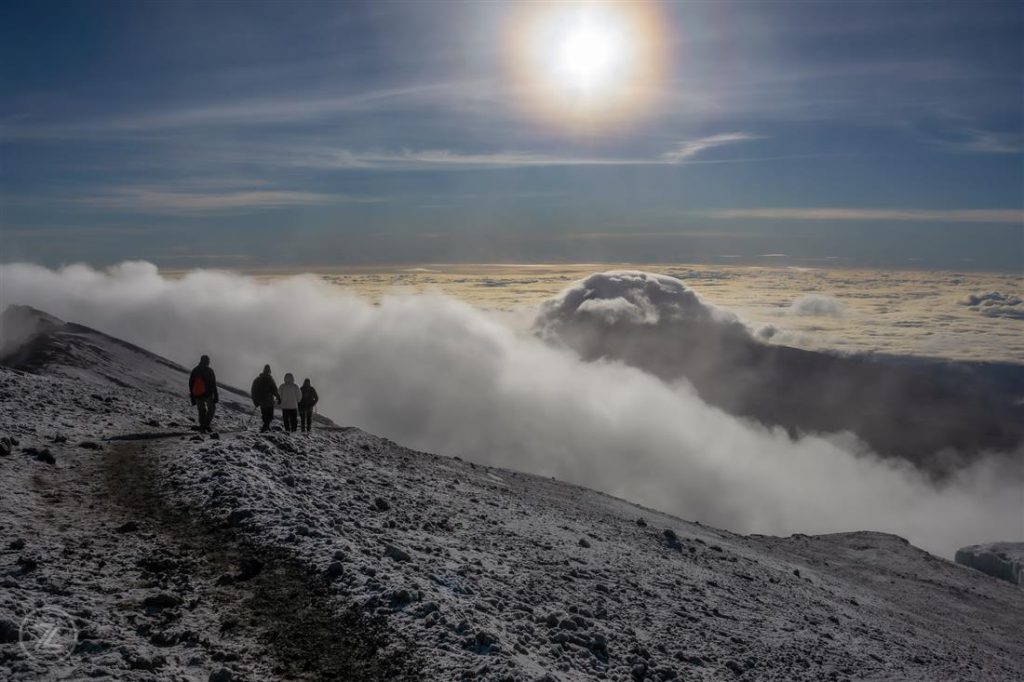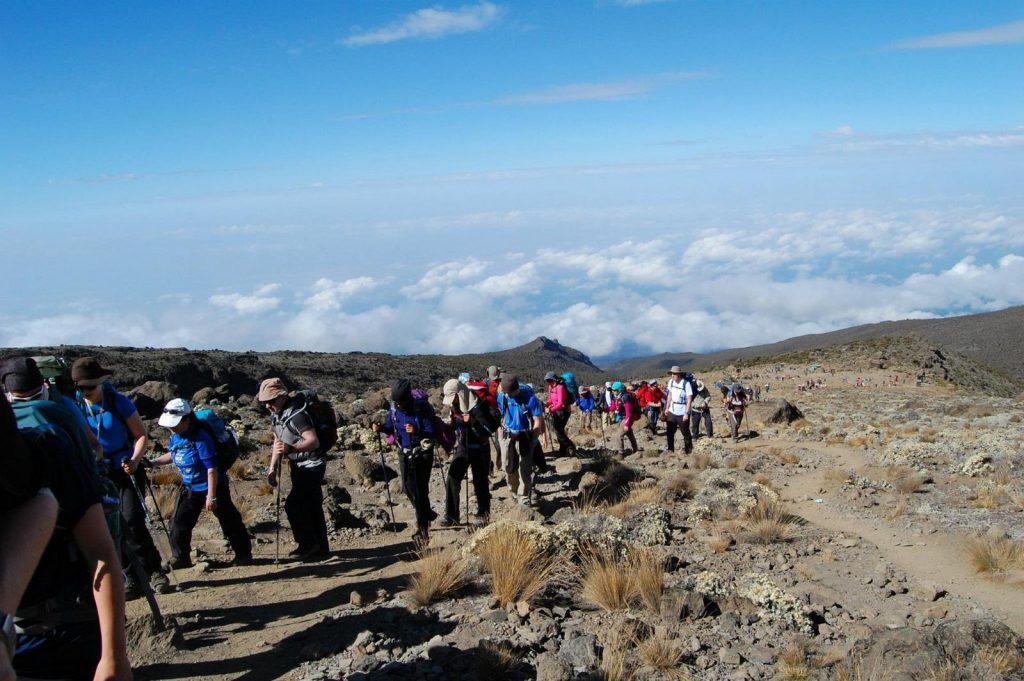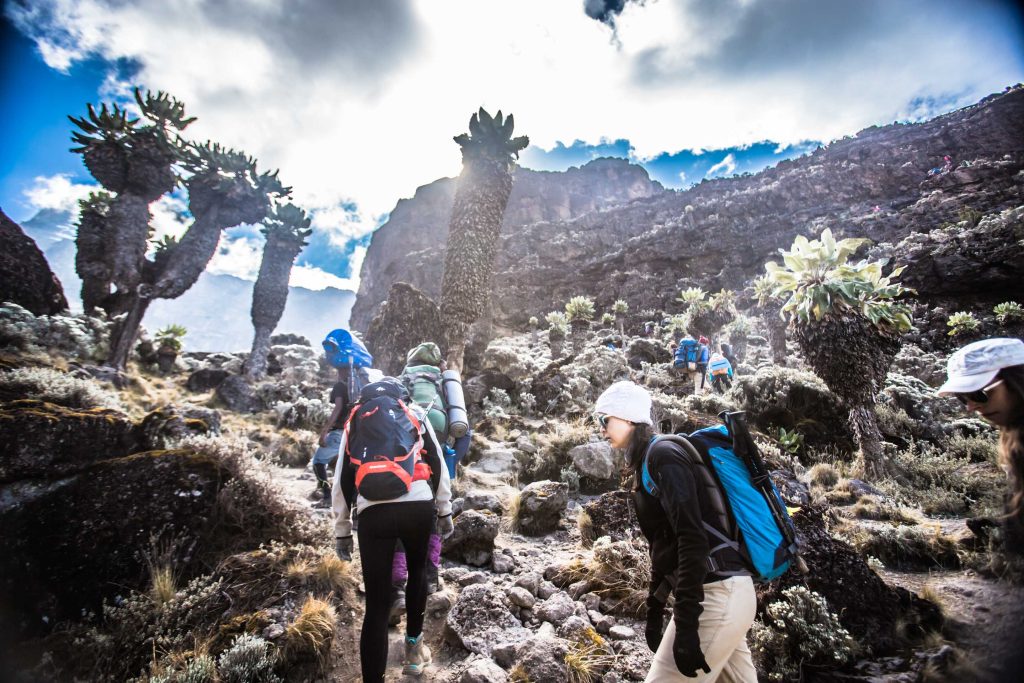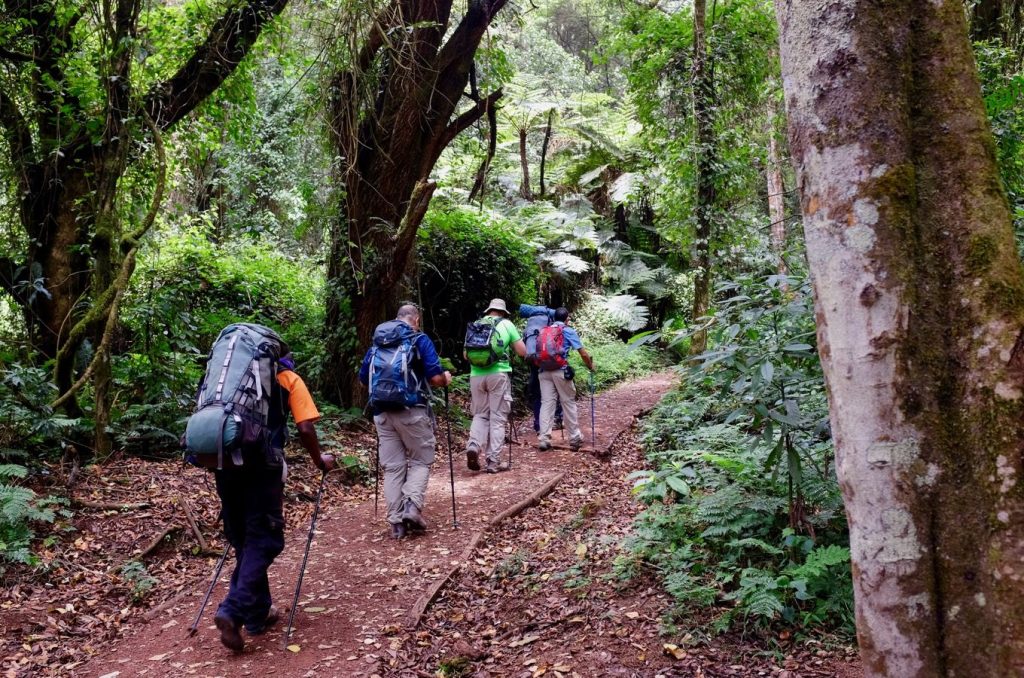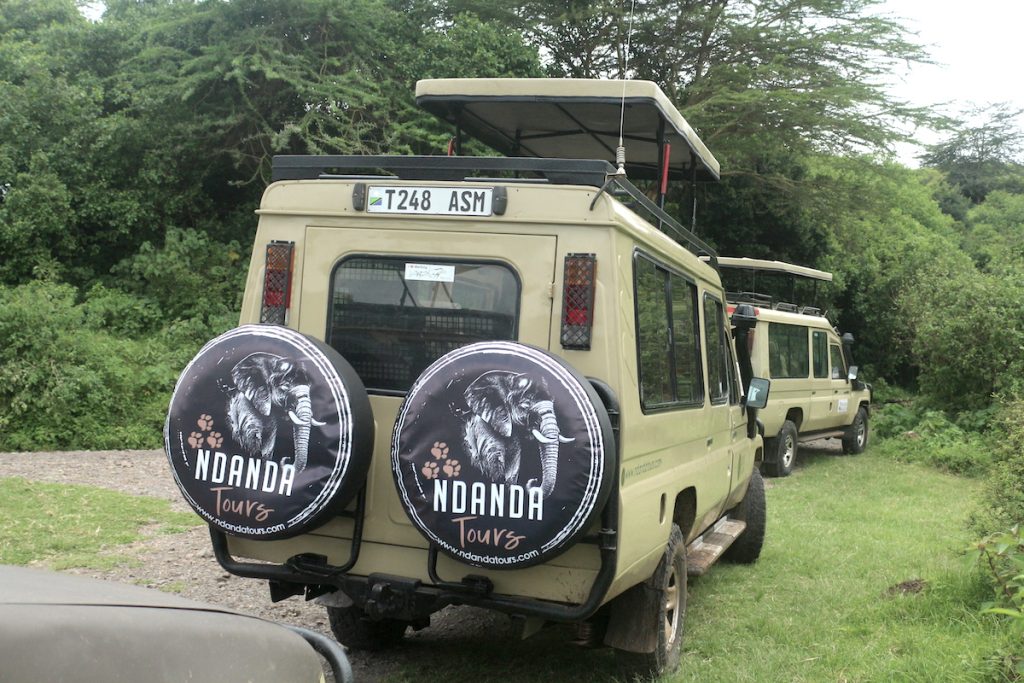Destination
Serengeti National Park
About the Park
Serengeti known as the land of the Great Migration is a natural sanctuary residing in northern Tanzania. This Africa’s most famous park originated its name from the Maasai word ”Siringet” meaning “endless plains” as it truly reflects its massive plains stretching over 15,000 square kilometers.
The entire park is a UNESCO World Heritage Site, and its diverse ecosystem and abundant wildlife offer endless exploration opportunities without ever feeling repetitive. From the dramatic Kopjes in the north to the acacia-dotted endless plains in the south, the Serengeti’s landscape is as spectacular as its wildlife. In essence, Serengeti is rightly considered the most celebrated wildlife reserve in the world; there’s simply no other place that can compare. It is truly outstanding!
Serengeti holds numerous recordings of nature films and documentaries including the famous “Serengeti shall not die” released in 1959.
Major Highlights
- Great Migration
This is the single largest movement of mammals in the world where about 2 million animals span over the plains of Serengeti in search of water and greener pastures.
The natural spectacle features the iconic wildebeests which amount to more than 1.5 million. Surprisingly, the migration doesn’t include only wildebeests but also a good number of zebras and Thompson’s gazelles.
The 800-kilometer journey is no joke, and not all animals reach their final destination. This is mainly due to hunger, thirst, and exhaustion which mainly applies to the calves. However, it’s not only about food but also due to predators (lions and crocodiles) which kill a good number of herds. This natural event, which is not to be missed, creates a great adventurous experience that leaves you with lifetime memories.
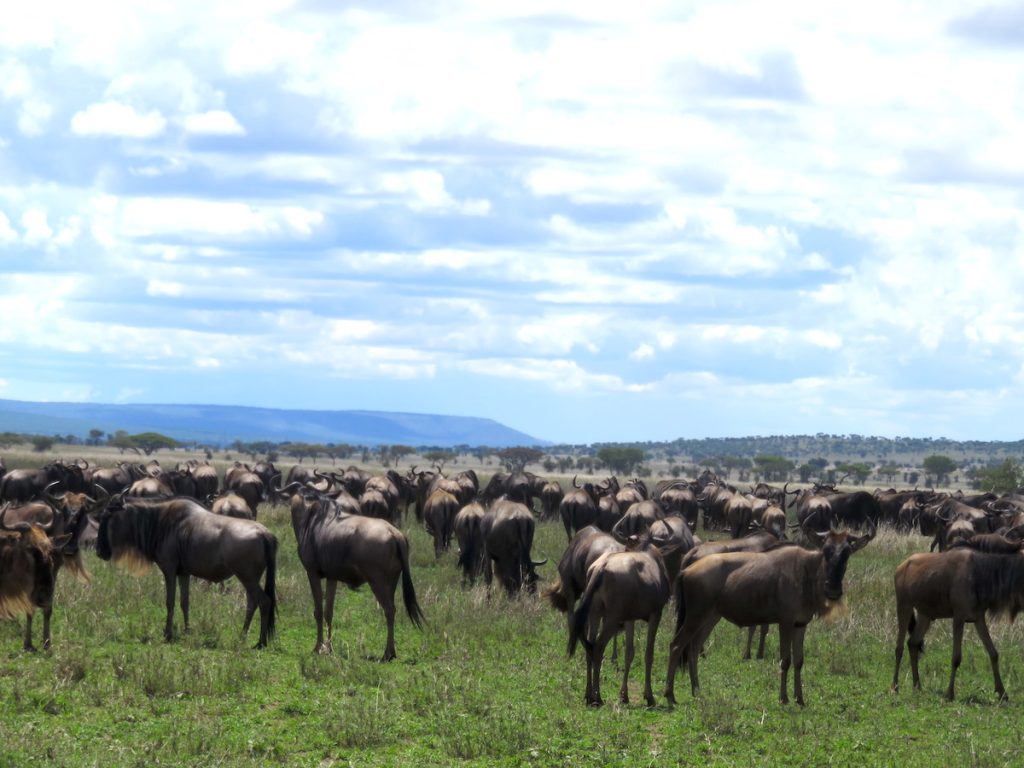
- Highest Concentration of Predators
The grassy plains are amongst the richest grazing grounds in the African bush for prey including thousands of wildebeests. As a result, Serengeti sustains the highest concentrations of predators.
More than 3,000 lions live in the Serengeti ecosystem where they can easily be spotted lounging under trees. Other predators residing in the park include leopards amounting to over 1000, cheetahs (about 200), and hyenas (not less than 3000).
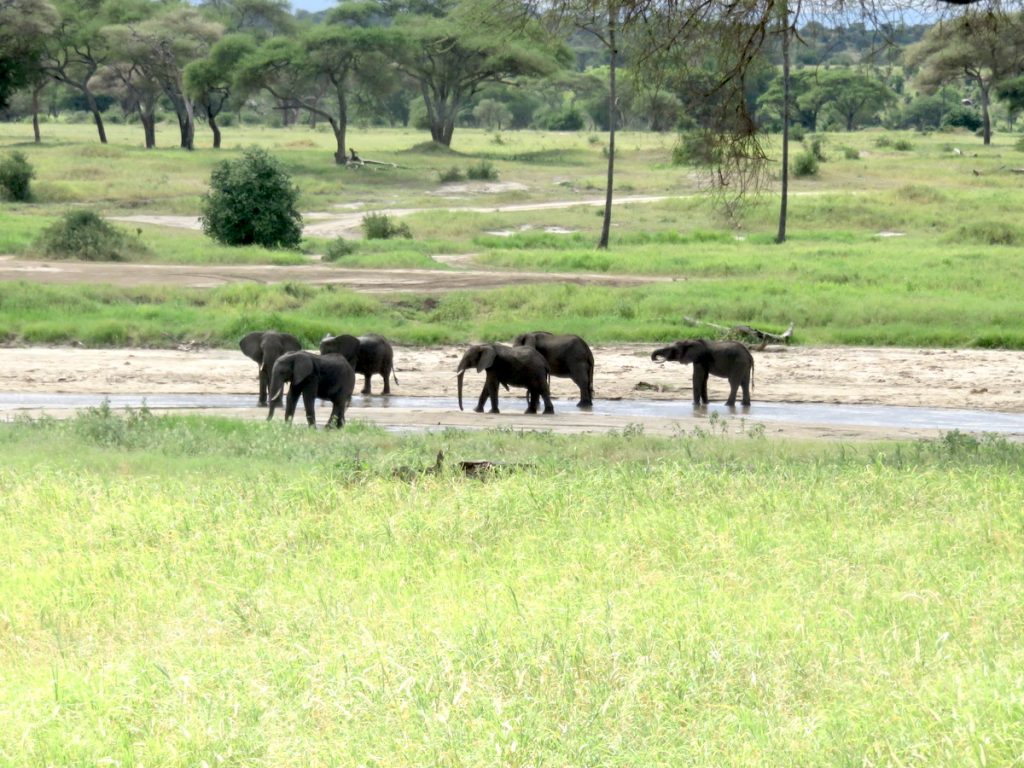
- Big Five
The “Big Five” refers to five of Africa’s most iconic and formidable animals: lion, rhino, leopard, elephant, and Cape buffalo. This term was originally coined by big game hunters because these animals were considered the most challenging and dangerous to hunt on foot, not because of their size. Each of these animals has particular traits that make them especially unique
- Lion: Known as the “king of the jungle,” lions are apex predators with immense strength and powerful roars.
- Rhinoceros: With their thick skin and formidable horns, rhinos can be very aggressive, especially when threatened.
- Leopard: Stealthy and elusive, leopards are incredibly strong climbers who enjoy savoring their meals up in trees.
- Elephant: The largest land animals, elephants are intelligent and can be highly protective of their young, making them dangerous when provoked.
- Cape Buffalo: Often considered the most dangerous of the Big Five, these animals are known for their unpredictable nature and their tendency to charge when threatened.
The Big Five are primarily viewed through the lens of conservation and tourism, allowing them to be “shot” only with cameras!
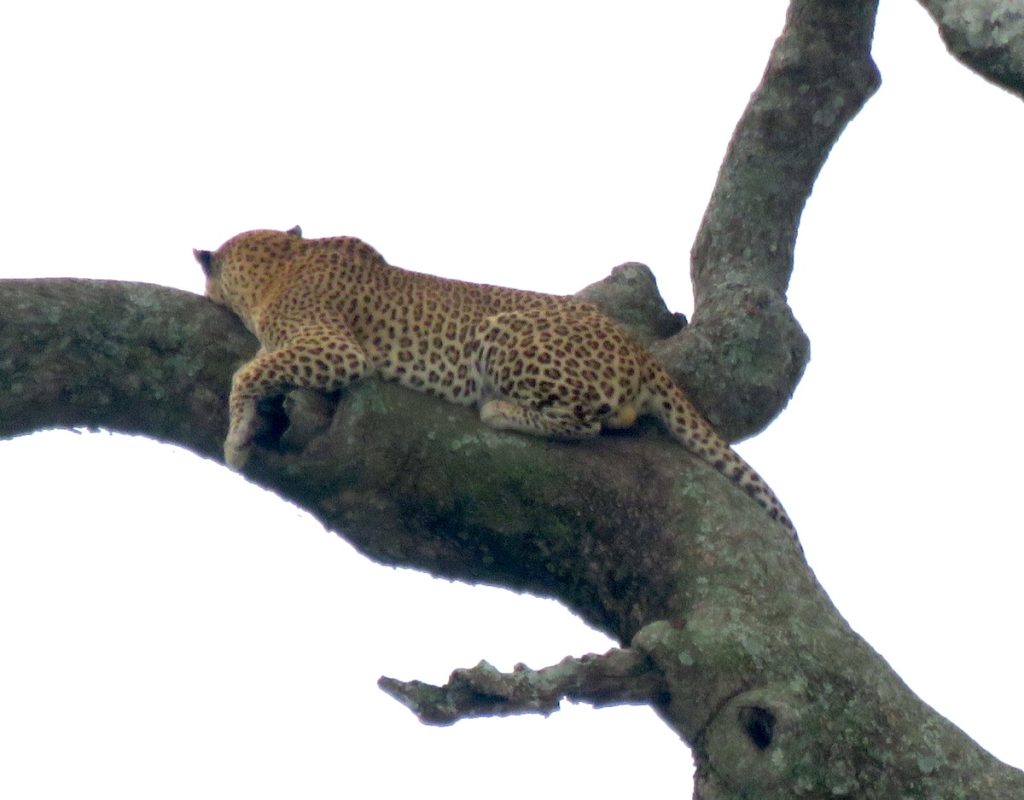
Wildlife
- The sheer size of Serengeti makes it an ideal place for wildlife abundance. The most common include the famous wildebeests, Big Five, cheetahs, zebras, giraffes, gazelles, hippos, antelopes, crocodiles, toppis and
- The park is known for it’s impressive population of both migratory and resident bird species. The most common birds are grey crowned crane, Kori bustard, Fischer’s lovebird, rufous-tailed weaver, greater kestrel, Secretary bird, Black-headed heron and African Ostrich.
Key Activities
- Game Drives
Game driving is the core method of exploring the park due to its immense size. The main safari game drive areas are
- Seronera- this region is situated in the central part of the park named after Seronera river. This is the center for wildlife viewing all year round and a spectacular spot for sighting predators specifically the Big cats. It serves as the hub for the park’s visitor information center. Additionally, Seronera hosts a range of accommodations, including campsites and lodges, providing convenient lodging options.
- Ndutu Plains- the southeastern portion of the Serengeti is a wildlife haven with its peak season between December and April. Massive herds of wildebeest and zebra are drawn to the area by the seasonal rains. Wildlife viewing is concentrated around Lake Ndutu featuring wildebeest calving season, a highlight of Great Migration. The birth of young herbivores attracts numerous predators, transforming the area into a dramatic stage where life and death unfold.
- Western Corridor- the region known as Serengeti West is renowned for its unique geography and wildlife, characterized primarily by the presence of two parallel rivers, the Grumeti and Mbalageti. Western Corridor is an essential part of the Great Migration route, where over a million wildebeests, along with hundreds of thousands of zebras and gazelles, traverse annually between May and July. The region supports an array of wildlife including a good number of lions and cheetahs.
- Lobo and Mara River- Lobo valley and Mara river located in northern Serengeti serve as an essential corridor for the Great Migration. Lobo valley is rich in wildlife with great sightings of lions, cheetahs, hyenas, and bat-eared foxes. On the other hand, Mara river is the spotlight for Wildebeest Crossing between August and October. This is the river where wildebeests attempt to cross to the Kenyan side with crocodiles on standby to snatch a few of them. Tourists can drive to Kogatende area and cross over a concrete causeway spanning the Mara River for excellent views.
- Hot Air Balloon Safaris
A balloon safari offers a unique and breathtaking way of experiencing stunning landscapes and abundant wildlife. Floating silently over the vast plains, this safari provides a perspective that is both exhilarating and serene. This wonderful experience displays panoramic views of sunrise, and wild animals spanning across including giraffes, elephants and even the Great Migration.
As you soar through the Serengeti plains and come to the end of the flight, guess what welcomes you? It’s a celebration party starting with a champagne toast for everyone on board and finalized with a fantastic bush breakfast.
